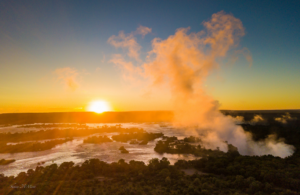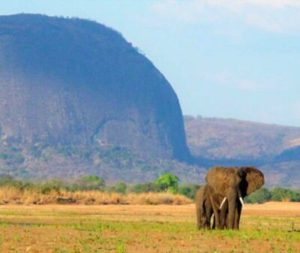The plight of giraffe is generally misunderstood around the globe. These endearing giants with soft eyes and an iconic rocking gallop are known to all, yet so few understand what is really happening on the ground.
Our Outreach partner, the Giraffe Conservation Foundation (GCF) has been working tirelessly for 10 years to bring the issue to the forefront of conservation. They have 19 staff working in 6 countries, with 11 nationalities represented in the GCF family. Their work currently covers 16 countries in Africa, from Niger and Chad, across to Ethiopia, all the way down to South Africa. The head office is in Namibia, led by the co-founders, Dr Julian and Stephanie Fennessy.
Giraffe numbers have declined by 30 % in the last 3 decades, and their habitat has been reduced by 89 % over the last 300 years. This is the largest contributor to the decline in giraffe populations, they simply have nowhere to live. The Zambesia region has many wild spaces with healthy giraffe populations, surviving in a variety of habitats. One interesting fact is that there are no giraffe in the lower Zambezi Valley, downstream of the headwaters of Kariba. There are various theories on why this is, so we’ve asked various specialists for their opinion and we’ll post this online soon.
There are now four known species of giraffe : Masai, northern, reticulated and southern. Further to this there are a number subspecies, which I won’t go into here, but it definitely makes for fascinating reading. These four species split approximately 1 to 1½ million years ago. Its interesting to read that the genetic difference between these species is more marked that those between a polar bear and a brown bear. Considering how relatively late human beings made their appearance on the planet, it is a sobering reminder of how much we have affected our planet and its rhythms in a very short space of time.
The latest GCF giraffe status report for Africa reveals there are at least 122 500 animals remaining. That equates to 1 giraffe per 4 elephant. This is an evolving figure as scientists constantly discover more accurate methods of counting giraffe, however this is the latest update. It does show a 10 % increase in populations over the last 5 years, but the debate remains whether this is due to more efficient data, or if they are truly starting to stabilize.
Poaching remains a key threat to giraffe numbers in some areas, as snares mostly meant for smaller mammals, can cause them a slow, painful death. GCF works tirelessly with different partners to monitor the wellbeing of their giraffe over vast areas. Its important to note that GCF does not only save giraffe, should any animal be caught in a snare, the vets will treat it regardless. Its all about the protection of the habitat, and although their focus is on giraffe, all species – plant or animal, are co-dependent on each other’s survival.
GCF also works with communities in and around wildlife areas. Raising awareness, education, empowerment and employment all contribute towards the success of these areas. How do you save these animals from extinction ? One giraffe at a time. To do this, you need the support of the people who are the custodians of these areas, and their families will continue the tradition for years to come.
Zambesia Conservation Alliance is proud to have GCF as an Outreach Partner. Their vision to protect habitat and all species within, include the communities in the decision making process and ensure that the unique biospheres we find these incredible animals in remains intact for future generations, is completely aligned with the ZCA ethos.
To visit the GFC web site please got to this link – GFC




